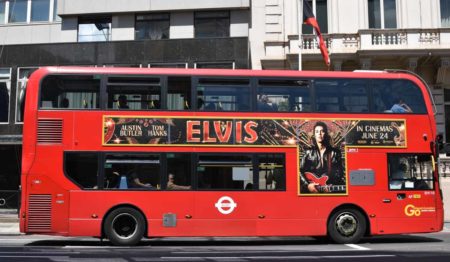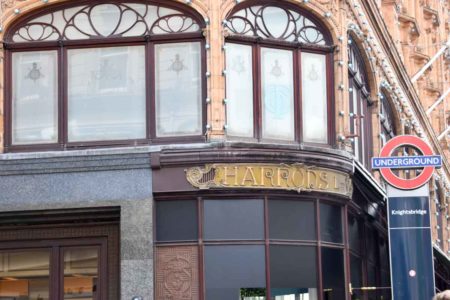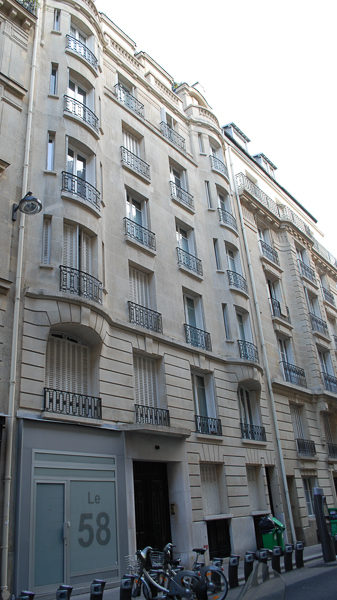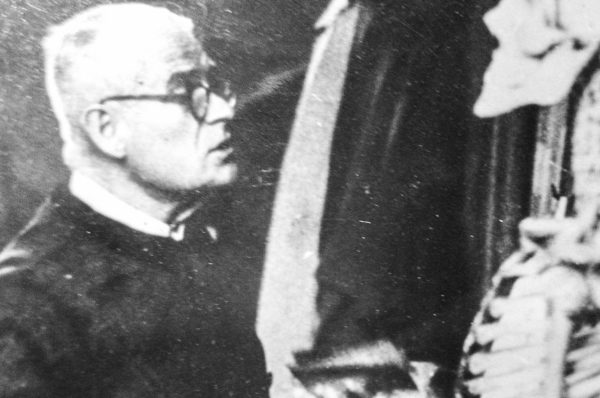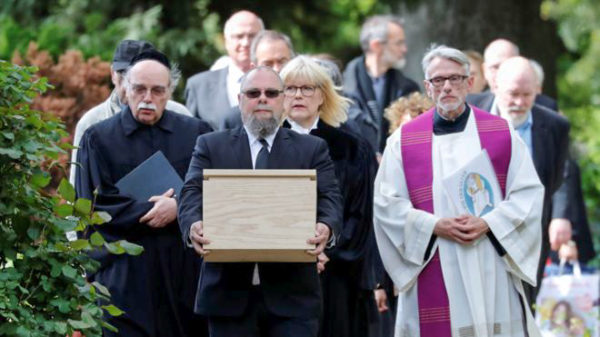So, we come back to our slide show after a four-week intermission (click here to read the blog, Stew and Sandy’s Summer Vacation in Paris). Hopefully you enjoyed a rather lengthy blog about our adventures in Paris. I tried to mix a travelogue with historical tidbits.
So, settle back once more and join us during our days in the U.K., specifically London and Glasgow. Make sure your drink is filled and buttered popcorn is plentiful.
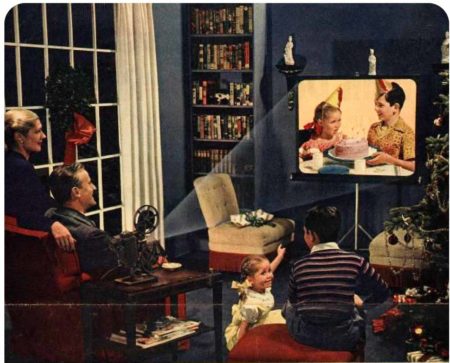
Did You Know?
Did you know that on 16 July, France officially remembered the 80th anniversary of the Vel d’Hiv roundup? The country is frantically trying to collect eyewitness accounts of this tragic two-day event in which more than thirteen thousand Jews in Paris were arrested and ultimately deported⏤most of whom never returned. (click here to read the blog, The Roundup and Cycling Arena) The survivors of the roundup and in particular, those detained at the Vel d’Hiv are now in their mid-to-late 90s and there are few of them remaining. Previous roundups targeted primarily foreign-born Jewish men. However, by mid-1942, French-born Jewish men, women and children were targeted for arrest. (More than half of the Jews arrested over those two days were women and children with children accounting for four thousand of the detainees in the large cycling arena.)
The Mémorial de la Shoah in Paris (i.e., Holocaust Museum and Memorial) has launched an appeal to find the last witnesses and survivors. The historians know thousands of stories are permanently lost but they are constantly amazed how many witnesses show up to recount their stories. In most cases, it is the first time since the war that these people have talked about their experiences. Despite eighty years later, their memories are as fresh as if the events happened yesterday.
Joseph Schwartz was fifteen at the time of the roundup. He lost his entire family after the French police made the arrests. He said, “You leave your parents one day, everything is fine. They kiss you; they tell you, ‘Take care of yourself,’ and the day after, there is nobody left.” Looking back, Joseph is shocked that the French police were granted medals for resistance. He says, “Preserving the memory is always necessary for a nation. Hiding the dark days of a country brings nothing to the future of that country.”
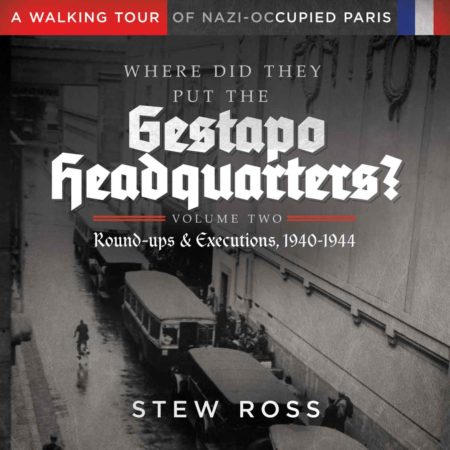
Day Eight: Underground to London
Today was travel day on the Eurostar. We were leaving Paris and going to England via train under the English Channel. I’m glad we got to Gare du Nord earlier than normal. It took us more than one hour to go through six check points. We eventually settled into our seats for the two-and-a-half-hour trip. Believe it or not, the actual time in darkness is less than twenty minutes. We were really under the channel for probably only fifteen minutes⏤the train travels very fast. We pulled into London’s St. Pancras International rail station just in time for lunch.
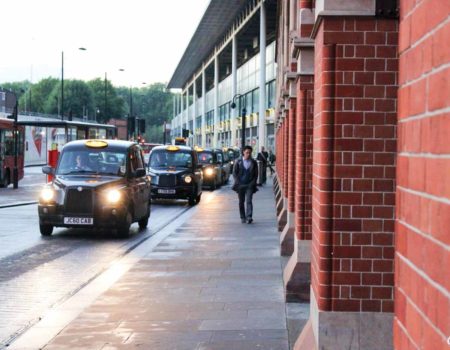
A short cab ride away was our hotel, Dorset Square Hotel, facing the private Dorset Square. On the way, we were glad to see that the red double-decker buses did not go the way of the red telephone booths. The cabs remain black in color but probably twenty percent of them are electric and they are all quite roomy. After checking in and leaving our bags, off we went to find Harrods Department Store. Dinner that night was at The Rajdoot, a small Indian restaurant right around the corner from the hotel⏤it was an excellent culinary experience. (While traveling in England and eating Indian cuisine, we have never had anything less than a first-class meal.)
